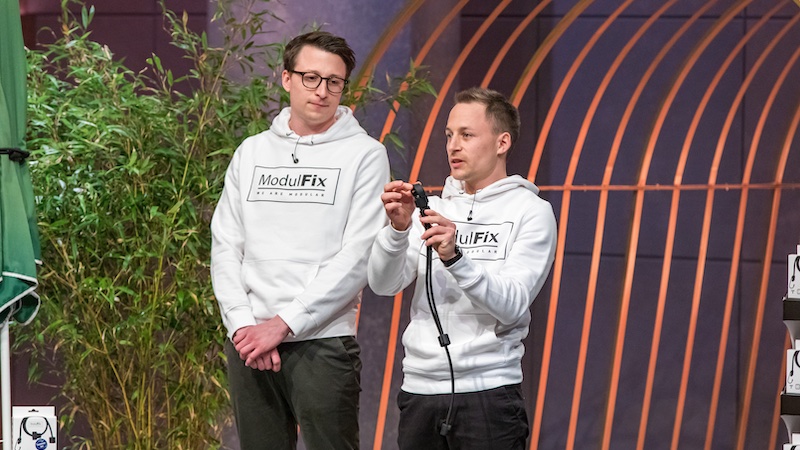Extremists abuse Twitter’s new media guidelines
In our everyday life, the following statement applies to many innovations: Every thing that is useful and positive can also be used against people. This probably also applies to the new guidelines for the distribution of media on the social network Twitter, the first concrete examples show the extent to which the system can be misused.
Basically, it is not a bad thing that Twitter would like to grant users the right to their own picture. Should anyone try to distribute a picture of you, the content can be reported and will be removed after review. Public events, for example, are excluded, here you do not have to ask every person shown for permission.
But extremists are now using that for themselves. As is now clear, right-wing groups are now coordinating with services such as Telegram in order to report targeted content on the platform. Anti-extremist accounts that expose white racists at hate rallies and persecute them over a longer period of time are particularly affected. Journalists are also struggling with the blocking wave.
So far, Twitter’s new “private information policy” has disproportionately penalized working journalists and researchers of the far-right. Some have been locked out over photos they took at * public rallies. *
If this is the bar, we’ve all crossed it.
Fix this @TwitterSafety https://t.co/bRJtTqSjLc– Andy Campbell (@AndyBCampbell) December 3, 2021
Those affected usually only receive information about the (temporary) blocking of their account, which expresses that they have posted content that violates the rules for distributing media of an individual person. Ultimately, only an objection to the platform’s official support will help.
Twitter has already been criticized in many places because of the new regulations. The new rules are expressed quite vaguely and can be interpreted individually depending on the situation. Actually, one wanted to exclude from the regulation content that serves to educate the public, that was written by journalists or that was created at major events, but apparently they didn’t quite manage that.
So far, Twitter has not commented on the problems, but it remains to be hoped that the system will be further optimized and that it will be more difficult for extremists to block legal content. Until then, however, one or the other ban is likely to follow.
Via The Verge


